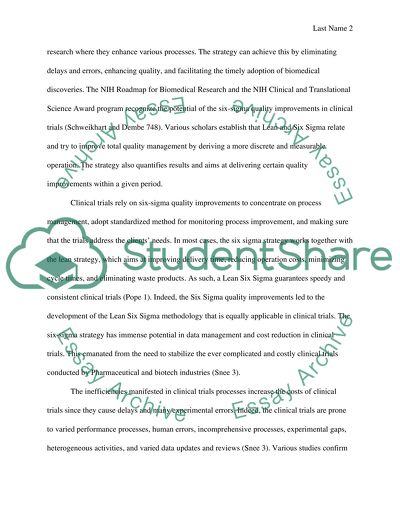Cite this document
(“Biomedical Informatics Essay Example | Topics and Well Written Essays - 1000 words”, n.d.)
Biomedical Informatics Essay Example | Topics and Well Written Essays - 1000 words. Retrieved from https://studentshare.org/health-sciences-medicine/1689282-biomedical-informatics
Biomedical Informatics Essay Example | Topics and Well Written Essays - 1000 words. Retrieved from https://studentshare.org/health-sciences-medicine/1689282-biomedical-informatics
(Biomedical Informatics Essay Example | Topics and Well Written Essays - 1000 Words)
Biomedical Informatics Essay Example | Topics and Well Written Essays - 1000 Words. https://studentshare.org/health-sciences-medicine/1689282-biomedical-informatics.
Biomedical Informatics Essay Example | Topics and Well Written Essays - 1000 Words. https://studentshare.org/health-sciences-medicine/1689282-biomedical-informatics.
“Biomedical Informatics Essay Example | Topics and Well Written Essays - 1000 Words”, n.d. https://studentshare.org/health-sciences-medicine/1689282-biomedical-informatics.


